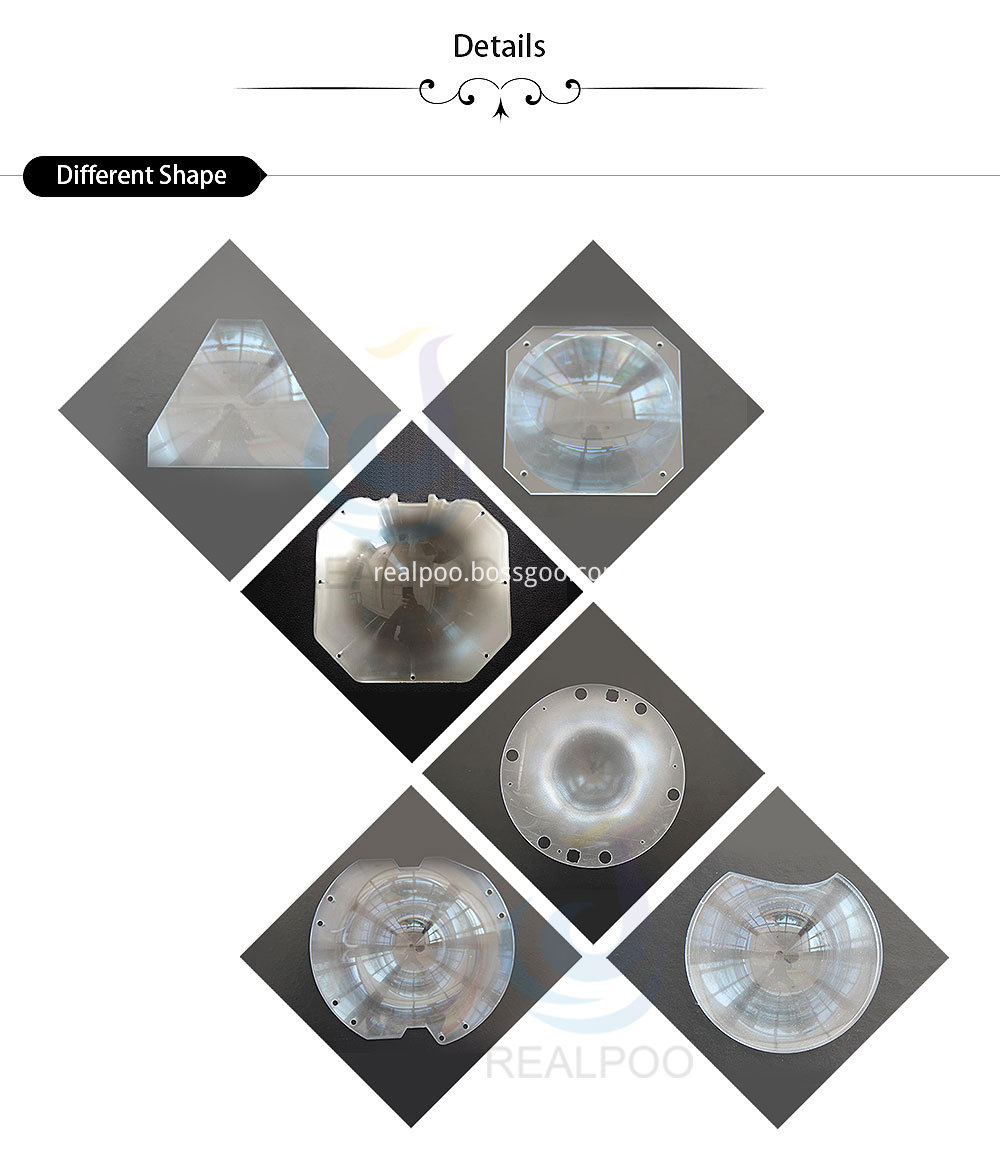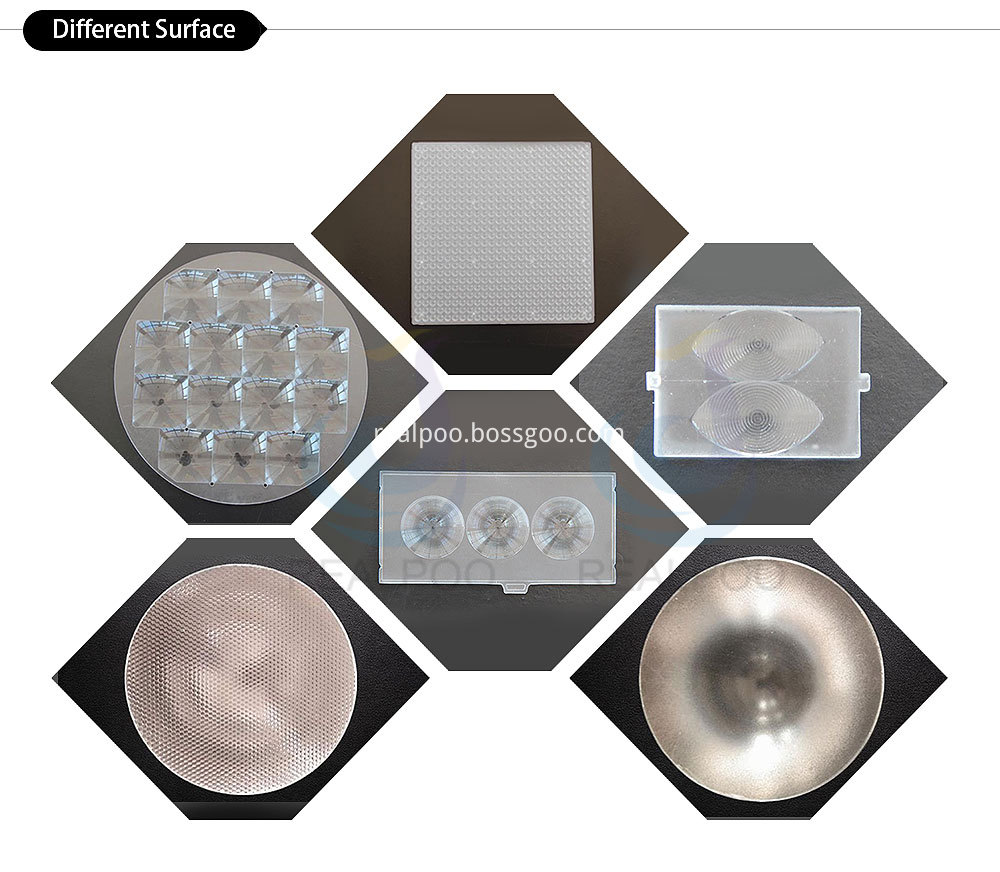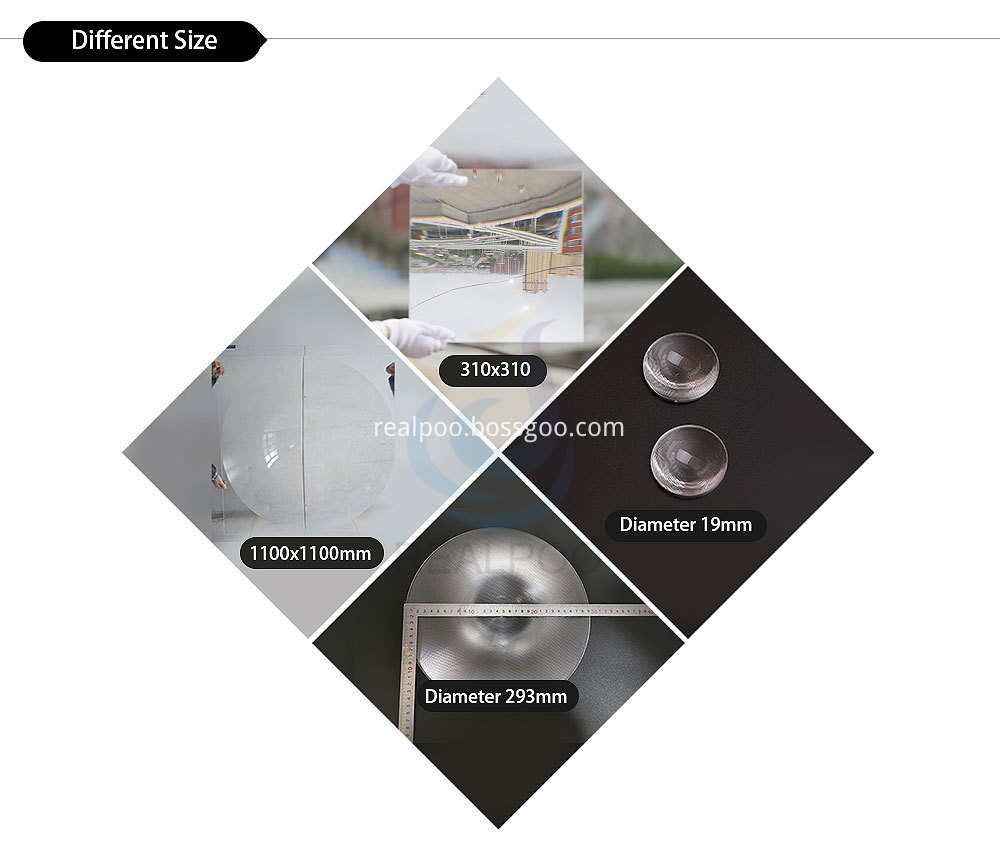LED application in optical mouse
Generally, our common optical mouse usually refers to a mouse that uses a photoelectric component to generate moving data according to a logical judgment of a moving surface image.
The working principle of the optical mouse is that there is a light-emitting diode inside the optical mouse, and the light emitted by the light-emitting diode illuminates the bottom surface of the optical mouse (this is why the bottom of the mouse always emits light). A portion of the light reflected back from the bottom surface of the optical mouse is then transmitted through a set of optical lenses to a photosensor (microimager) for imaging.
Thus, when the optical mouse moves, its movement trajectory is recorded as a coherent image of a group of high-speed shots. Finally, a series of special image analysis chips (DSP, digital microprocessor) inside the optical mouse are used to analyze and process a series of images taken on the moving track, and the mouse position is determined by analyzing the changes of the feature points on these images. Move the direction and move the distance to complete the positioning of the cursor.
Optical mice usually consist of optical sensors, optical lenses, light-emitting diodes, interface microprocessors, light-touch buttons, scroll wheels, online, PS/2 or USB interfaces, and enclosures. Next, we will focus on the application of light-emitting diodes (LEDs) in optical mice.
We know that the optical mouse will glow red at the bottom during use. This is emitted by the light-emitting diode in the mouse. What does it do in the mouse? The light from the LED (mainly to get enough illumination), part of the light through the optical lens at the bottom of the mouse (ie, the prism) to illuminate the bottom of the mouse; the other part is directly transmitted to the front of the optical sensor. Generally speaking, the role of the LED is to emit light to produce the light source needed for the mouse to work.
But why are the LEDs used in common optical mice red?
Why do you choose red? In fact, the reason is relatively simple, because the red light source LED technology is relatively mature, and the cost is relatively cheap. This makes the red highlight LED have the longest life. The imaging of the photoelectric engine is monochromatic, and no matter what color the light source will have no effect. So in this case, in addition to a few manufacturers in order to create a selling point, most manufacturers will of course choose a red product, so that many optical mice also use blue LED, it is different, but in essence the same.
In addition, the combination of in-line LEDs and SMD LEDs can also be used to decorate the mouse, giving it a colorful glow and a more eye-catching look. More in line with the aesthetic needs of the fashion family. The annual production of optical mouse in the world is hundreds of millions, and the consumption of one to seven LEDs per mouse is used to effectively support the shipment of some LED industries.
Looking into the future, even if the laser mouse is popular, it is still inseparable from the auxiliary light of LED. However, in view of the current popularity of optical mice, the application of LED in the mouse still dominates and cannot be shaken.
The fresnel lens is a thin sheet made of plastic material. One side of the lens surface is smooth, and the other side is molded with concentric circles from small to large. Its grooves is designed from the interference of light, the relative sensitivity, and receiving angle requirements.
Compared to the conventional Spherical Lens, a Fresnel lens by the lens divided into a series of concentric circles theoretically infinite number of lines (i.e., the Fresnel zone) to achieve the same optical effect, while saving the amount of material For these lines, the overall thickness of the lens is reduced; ordinary Fresnel convex lens is actually a continuous curved surface is truncated to a section of a discontinuous change of the curvature as the surface is finely divided, so look like a
circle around the lines. Fresnel lenses may in fact be regarded as a series of prisms are arranged in a ring, wherein the relatively sharp edge, and the center of the convex surface is relatively smooth.
Fresnel lenses are mainly used in optical imaging industry ( projectors, VR, AR, etc.), Fresnel lenses are used in LED lighting distribution (spotlights, floodlights, stage lights, traffic signal lights), infrared induction lenses are used in ( industry 4.0 intelligent fields, building security systems, induction lighting, etc.), large Fresnel lenses are used in ( photovoltaic concentrated light generation, heat collection, light utilization, etc.).





Fresnel Lens,Fresnel Lenses, Led Fresnel Light,Linear Fresnel Lenses,Fresnel Spotlight
Changchun Realpoo Photoelectric Co., Ltd. , https://www.optics-realpoo.com